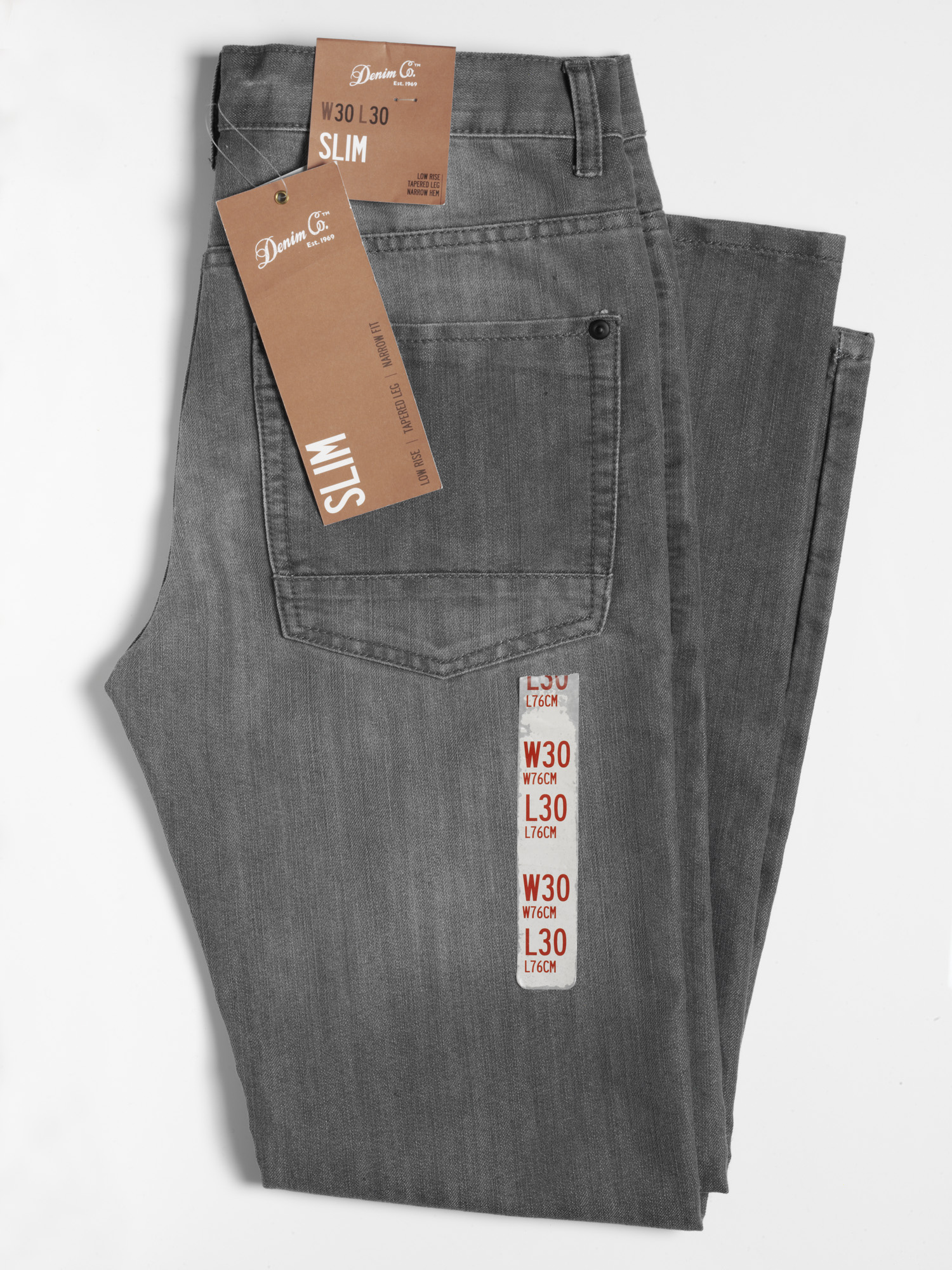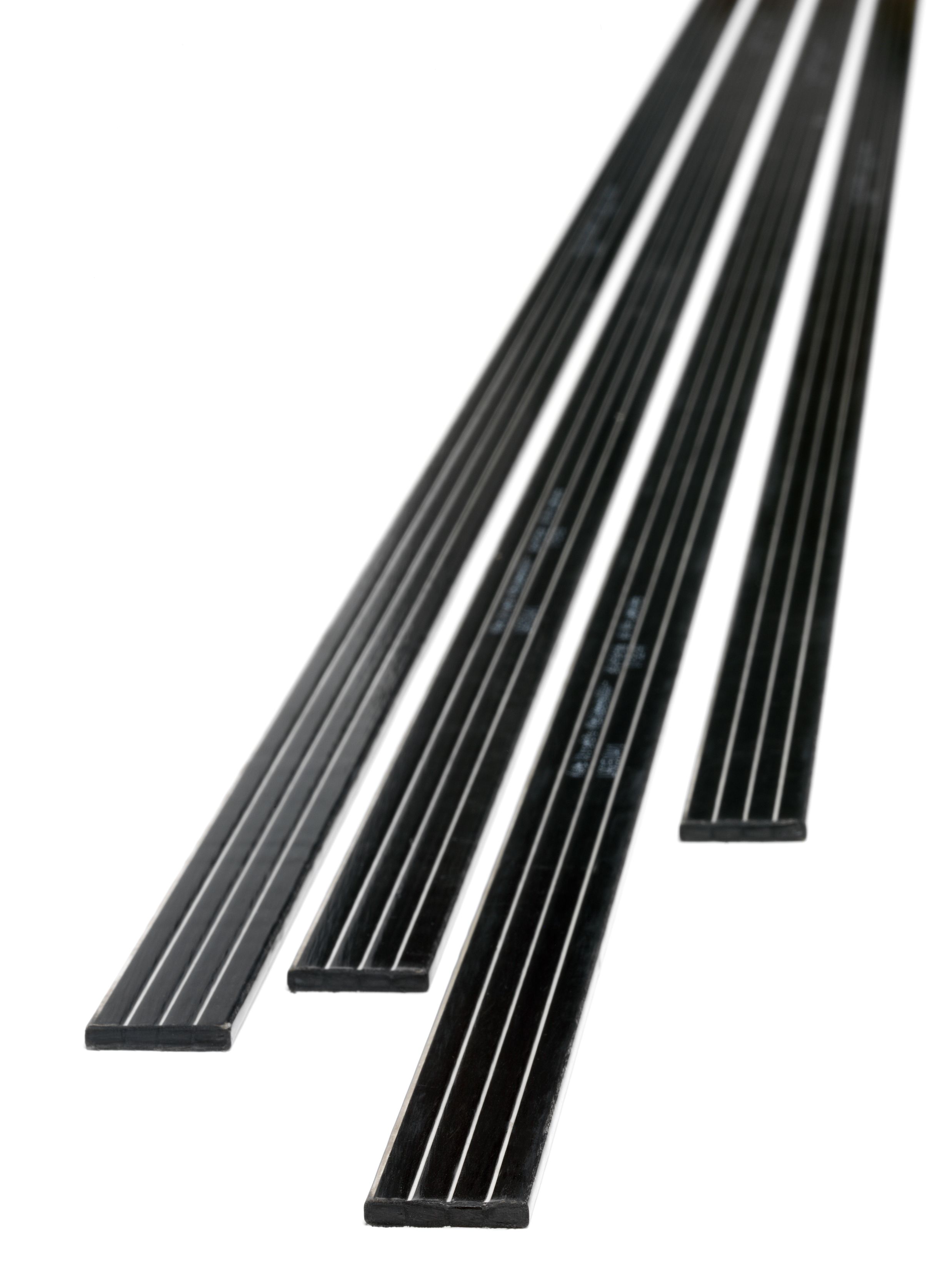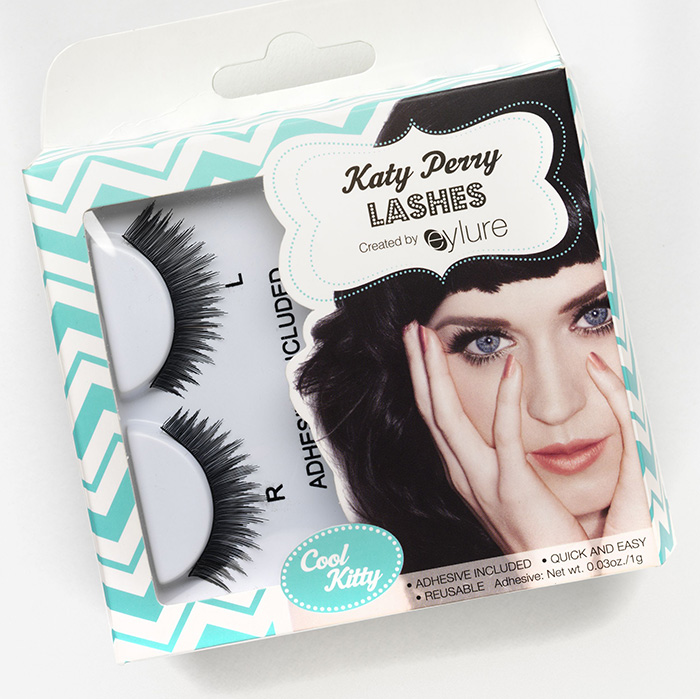
Denim Co Slim Jeans, Manufactured for and sold by Primark, 2013 (Photo (c) Victoria and Albert Museum, London)
Editor's Note: On Saturday, July 5, objects acquired as part of the V&A Museum’s new approach to collecting contemporary design and architecture, known as "Rapid Response Collecting’," go on view. Kieran Long is one of the curators of the objects, and he spoke about the collection with Jennifer Kabat earlier this spring.
Guns, shoes and cheap jeans: Kieran Long has added all of these to the Victoria & Albert Museum’s permanent collection. At a moment where “design” can seem no more than a synonym for style and status, he’s busy challenging that notion. Last year he was put in charge of the museum’s nascent contemporary design and architecture collection. In his wake, he’s been acquiring work that asks bigger questions about global politics, labor, supply chains, even civic responsibility.
An architecture critic, he’s taught product design at the RCA in London and worked with David Chipperfield on the Venice Architecture Biennale. For Dezeen he wrote about how the design press (including Dezeen) and the V&A, have ignored “the anonymous, the mass-produced and the semi-designed… in favor of the work of a fairly coherent group of designers.” His criticism of celebrity culture in design heartens me — so too his larger questions about ethics in design and architecture. In our interview, we talk about how he acquired the first 3D printed gun and discuss false eyelashes, MoMA and the city.
What emerges is a striking critique of modernism as well as renewed a commitment to the social realm — and not necessarily via Facebook — but through the city. His interest in ethics and the civic arena starts to sound like an approach for post modernism, not in terms of any style or aesthetic but rather how design and architecture might work today without being hindered by modernism’s myths of progress or the idea that form is politically meaningful.

Soft toy wolf Lufsig, Designed for and manufactured by Ikea, 2013. (Photo (c) Victoria and Albert Museum, London)
Jennifer Kabat: Since you started at the V&A last spring, you’ve been collecting items — guns and Louboutin shoes — that don’t seem like “design.” There seems an inherent critique of what we consider “contemporary design” in your approach.
Kieran Long: Maybe it’s a London thing, but here you see a kind of designer who’s able to be famous just in London and carve a career out of graduating from the RCA and doing little commissions without ever making a mass-produced object or engaging with industry. London and the V&A support those kinds of people, and that’s great, but I was interested in the designed stuff that surrounds us and affects our lives. At the start of last year, I was thinking about security and surveillance infrastructure, wondering what would it mean for all those smart product designers I’ve known to be commissioned to design a new CCTV camera? Is there an ethical way of designing one? Would they say no, would they even think about it? The truth is they’d never be asked, but if they were, there’s a whole series of ethical questions. Industrial design has just as much ethical and civic duty as architecture. Only designers’ education never presents this to them. All they want is to make a nice chair Capellini will buy, but those days are gone if they ever were.
JK: Still, those CCTV manufacturers won’t necessarily see the value of an RCA-trained designer.
KL: They also don’t see any duty to contribute to an ethical commitment to the city, to the idea of living together as something to make better. They don’t have that duty.
JK: But, I bet their worldview is that surveillance is a moral and social good.
KL: Take architecture, despite its ever-decreasing influence on the built environment, architects still somehow — and I say this very guardedly — act as a conscience for development. There’s an idea inherent in most architects’ work in Europe — and sometimes America — that you’re committed to the city as an idea.
In product design you simply don’t find that, and I’ve looked. I’ve taught at the RCA and written about product design, and I simply don’t find the designers who have that same dialogue with the forces of capital, with the forces of industry, where they say we can absolutely do that, but wouldn’t we be more ethically inclined if this camera switched itself off if two people were having sex in an alleyway? I don’t know what the ethical boundaries of that practice might be, or how you convince your client that they have a bigger duty. My overall feeling is that from new digital design infrastructures to urbanism at the core is how we live together as citizens and how that constitutes an idea of public life. As practitioners, if we’re don’t have this at the front of our minds, then all we’re doing is satisfying a need for more consumer products or furthering the business needs of a certain corporation. None of those things is necessarily bad, but they’re bad on their own.
JK: Part of why I largely stopped writing about design was that design journalism was missing that ethical context. It was celebrating the new thing and big names, rather than examining the stuff that makes up the bulk or our world. Not that my writing was necessarily any better …. I just wasn’t comfortable writing about the shiny and new anymore.
KL: Yeah, I’m interested in reading the products of design culture in the broadest possible way and understanding what that says about who we are today and what we are together. That question of the shallowness, of the shiny and new, is interesting itself though. This might be a bit of a transatlantic conversation, but I’ve been thinking of it this morning with Diller and Scofidio’s Folk Art Museum debacle. Everything has been said already, but what interests me in the criticism is the inability to think outside of a paradigm of production and obsolescence, relevance and obscurity of things having a ‘life’ and then running out of life. That’s so modernist, so 20th century. We’re talking about a building that’s eleven years old and it’s obsolete?
Those weak modernist clichés of general technological positivism, that designers now have better solutions than designers of the past and the form / function divide whereby style is somehow inherently politically meaningful, they’re gone. Can’t we think in a more philosophically complex way about what replaces that sensibility?
JK: But what replaces it? I find myself nostalgic for that past because at least design “meant” something.
KL: All this shiny newness used to be called progress when we had a functioning welfare state, and now it’s just called novelty. But, what is important is public life and creating situations where difference is possible, where people can talk to one another, where you don’t have ghettos and you don’t have extreme inequality. Architecture and design are stuck in the modernism paradigm, some pre- and post-war social housing effort that improving people’s houses will make them better people. It’s not like that anymore. It’s giving the civic a meaning again. When you live in a city, what is it that you’re committed to? What duties does that give you? What responsibility? How do design and architecture give us those responsibilities or take them away? Architecture and design should aspire to speaking to those common interests rather than satisfying particular consumer niches.
Here, Diller and Scofidio are proposing this “art bay,” and what is a bay? Just a space, a vacancy, waiting to be filled. They’re replacing a highly tuned situation with an endlessly generic space. That’s what happened to Penn Station, and I don’t understand why we’re still having this conversation. The week of MoMA’s announcement the Mayor of London closed seven fire stations, including the oldest one in the country in Clerkenwell. There’ve been moving pictures in the press of firemen weeping outside these buildings. On any level they’re obsolete. It would be more efficient to have this massive depot on a ring road, but what are we losing when we close a firehouse? It’s not like we’re knocking them down, they’ll probably be luxury flats, but we’re losing the character and place of those buildings.
What if instead MoMA had said, we’re going to make a new series of art commissions that’s not about scale and size and Turbine-Hall fireworks? What if they reanimated that building with a new institutional culture and maybe that culture would positively influence the way that MoMA behaves? Imagine.
And with the fire stations, something happens when a culture decides it will no longer ignoble the work of those people by giving them decent buildings or a face on the high street and removes them to the periphery. You no longer get the kind of respect you had because you’re not present in your community. There’s nothing telling you this is an important institution, so we’re just going to have to pay more.
If we constantly lose buildings that propose specific kinds of behaviors and specific kinds of relationships between us and a piece of art, or us and one another, or us and disaster in the case of the fire halls, we change something about the fabric of what it is to live together. I don’t believe nothing should change, but if those Victorian buildings are no longer appropriate, what is? And where are the architects considering that? Or, how does a fire truck look today, and where are the industrial designers considering that? If we at the V&A can create a platform for that discussion, I will be very happy. It seems to me that’s the value of a civic institution.

UltraRope, Designed and manufactured by Kone, 2013 (Photo (c) Victoria and Albert Museum, London)
JK: One of the initial things you collected is the first 3D-printed gun. How does it fit with that idea?
KL: Really first came the Primark jeans [note: Primark is a low-cost British retailer] When the Rana Plaza factory in Bangladesh collapsed in April right after I started, it was clear this was really about globalized production. The press was talking in earnest terms about everything from worker rights in a global marketplace to responsibilities to those brands and Bangladeshi building codes. So, the next week we went out and bought a pair of jeans we were reasonably sure had been made there.
We’d put them in front of people at meetings and say, what changes about your relationship with that event to have these jeans in front of you, knowing they may well have been made by somebody perhaps who died in that tragedy? Does it change your relationship with the event? I think it does.
Cody Wilson released the plans online for the first 3D-printed gun last March, and that seemed like a turning point too. I remember thinking, thank god somebody has made a project that blows away all of the weak technological optimism about new methods of manufacturing and how we’re all going to have a 3D printer in our house and you’re going to print your kids’ toys. Suddenly the implication of that technology comes to light because a guy in Texas can design for the first time a firing spring strong enough to fire a round of live ammunition.
JK: That destroyed not just the myth of “progress” but the idea that technology is even neutral.
KL: Technology is as much an articulation of our social values as anything else, and you can read in the gun that same libertarianism shared by many of that generation like the founders of Twitter. Take Jack Dorsey, one of the company’s founders. In The New Yorker’s piece on him, the way he sees the city is frankly scary. It’s not even unethical. It’s a-ethical. It’s this idea of people as atoms just bouncing around as information and you can martial that information. Here, Cody is one of the most eloquent people to advocate for that libertarian point of view. I don’t, but you have to take it seriously, and the media did take it seriously. He was on Charlie Rose; he was everywhere when he published those plans.
He even says, “This is not about design. This is a political object.” This young man, passionate about his politics, chooses as his medium design, our field in which we train hundreds of thousands of designers every year, and very few of them make any kind of political statement about their work. This is an amateur designer who has articulated something important and challenging. When we first showed the gun in September, we didn’t try to editorialize it but to allow people’s imaginations to fill in the gaps: What does it mean if you can make one of these and put it together in your home and then shoot it at someone? What does that mean to you? What action might you want to take in the light of that new information?
JK: And, exhibiting it had ethical challenges too, right?
KL: The prototypes are sitting in a Momart warehouse at La Guardia, waiting for one final piece of documentation from the ATF. So, the one we displayed we had printed here, and the 3D printing agency said they didn’t think it right to print a gun. Instead they made it with two of the most significant components in plaster. Here’s this 3D printing studio self-regulating the manufacture of firearms in the UK completely outside any kind of legal framework. Also since this process started, the Department of Trade here has put in regulations about importation and licensing for 3D-printed guns. All of this reinforced to me what our collection might mean.
JK: You’re considering a much broader social context in your process of collecting.
KL: That’s part of what we’re doing with the lashes.
JK: Lashes? Like eyelashes? So there’s a gun, jeans and lashes?
KL: Yes Katy Perry’s lashes.

JK: You mean, Katy — pop star — Perry?
KL: Yes, the most followed woman on Twitter. Her false eye lashes. They’re endorsed by her. An investigative journalist Gethin Chamberlain went to Indonesia and uncovered the supply chain behind them and found these women sewing false eyelashes out of a single human hair and a tiny piece of string on homemade looms. It ran as a piece of investigative journalism in the Sun and the Observer. We worked with him to acquire a packet of eyelashes. I’m not campaigning on behalf of these people. It’s just the reality of how these supply chains work, and that Katy Perry can make money from the labor of these women, and women shopping on Oxford Street are implicated in this process. Meanwhile the lashes are advertised as being “hand crafted.” When people look back, they will expect to find evidence of how global supply chains have implicated all of us including the biggest celebrity and the most insignificant worker and all of us regular consumers. There’s also justification for that object in the skill it takes to make them. People assume they’re made in a factory by a machine.
JK: Most design museums don’t consider supply chains, but focus on names, on designers and celebrating signature products. That strikes me as part and parcel of our creating a culture where it’s too easy to ignore the reality of the things around us.
KL: If you move these things to the side, cultural institutions and design writers are invited to think this is not our territory; this is not something we should get involved in. There are a couple ways of doing a take on what happened in design in a year. One concentrates on those wonderful moments design magazines love to celebrate where a designer finally does a particular thing that solves a particular problem in an African country. That’s great. We’re still collecting some of those things, but you could also examine the things in design that actively make those problems worse. Why aren’t they equally legitimate as an inquiry?


Comments [1]
07.09.14
05:40